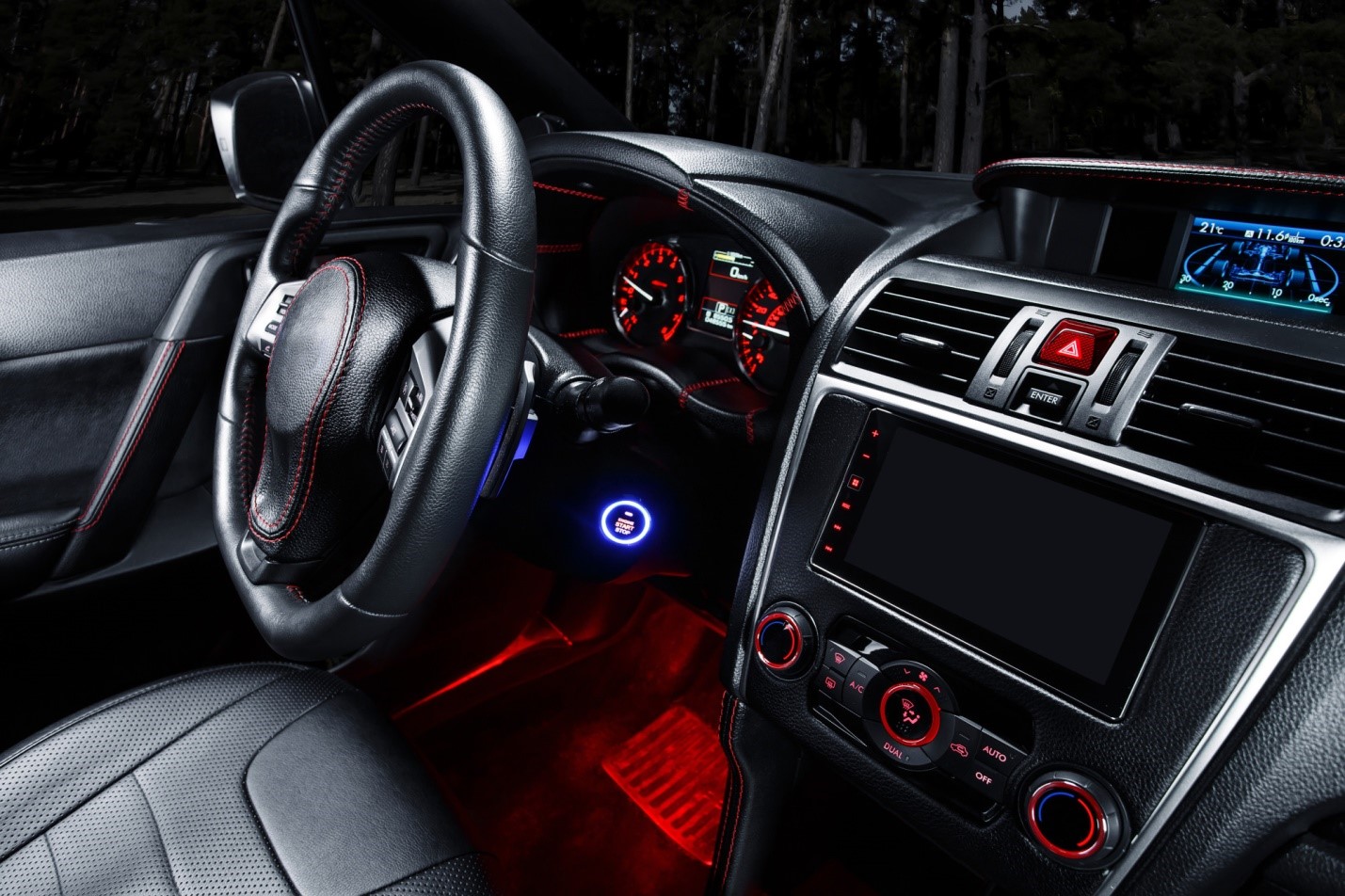[ad_1]
In the last ten years we have seen spectacular developments in the clarity and availability of satellite imagery. Microsoft and Google are examples of companies that now offer the public satellite images, also known as remote sensing images. While these images are fascinating and in many cases potentially useful, some people question whether these developments mean the end of traditional aerial photography. The resounding answer is “No, aerial photography is alive and well.”
One reason aerial photography remains a valuable tool is because of its superior resolution. Particularly with the advent of commercial digital equipment, an aerial platform provides very high resolution images, whereas satellite resolution remains limited by both technology and by Federal law. In 1999, commercial satellites could capture a resolution of one-meter in black and white, and somewhat less detail in color. That is to say that the smallest detail that could be captured and clearly delineated was at least one meter in size. There exists a popular rumor that military satellites can read an automobile’s license plate from space, and that is probably an exaggeration, but it does not matter even if it is true. You, as a private citizen, cannot buy or use those images anyway. Current law limits the resolution of commercially available satellite images to 0.5 meters. That means that the smallest detail that can be clearly delineated is at least 0.5 meters, or 19.5 inches across. An aerial photograph in highest digital resolution taken from 1000 feet above the ground is approximately five times better resolution than the best commercially available satellite imagery.
Another difference between aerial photographic images and satellite images is the timeliness and availability of the images. Commercial satellites orbit the earth from about 400 miles above mean sea level. They orbit in a pattern and a speed that allows them to pass over the same point on the earth about once every three days. This is just fine for surveying and mapping. It does not generally allow for capturing events. Generally speaking, the earth is clouded over about 60 per cent of its surface at any particular time. The three-day cycle for a satellite to fly over one point can mean that it may take from a few to several dozen cycles before a clear shot is available. Aerial flight is also subject to weather, but airplanes can fly under cloud cover and are available for a photographic launch anytime between sunrise and sunset. A limitation on aerial photography because of weather is generally a matter of a few days, not usually weeks or months.
One advantage aerial photography has over satellite imagery is the creative aspect of composition. Satellite images are generally taken from directly overhead. Satellite images can be taken from an oblique angle but this introduces additional distance from the target and requires repositioning the satellite camera angle. Aerial photos, in contrast, are generally taken from an oblique angle. This allows one to photograph from all sides and at different heights, introducing varied composition and enhanced utility. There is also the factor of light in the composition of the photograph. A satellite uses whatever light is available at the time it passes over its target. In an aerial photography session the photographer chooses light that best suits the composition of the target images. The amount of sunlight, the angle of the light, the shadows the light produce and the time of day all contribute to a photograph that is both useful in conveying information and aesthetically pleasing.
Satellite imagery will no doubt evolve in its ability to document, map and survey in a variety of light spectra. It is an increasingly fascination mode of imagery. However, aerial photography remains a superior mode of capturing images from the air where direction, angle, composition and timeliness of availability are key requirements in capturing the target image.
[ad_2]











